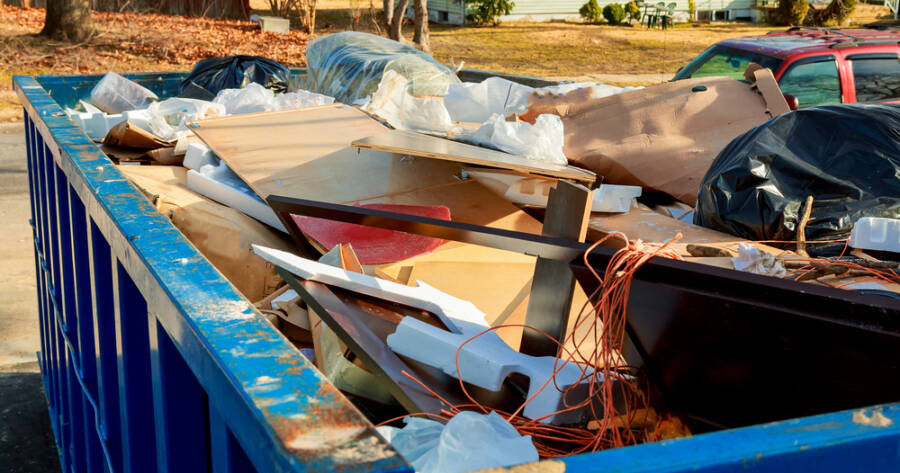Dumpster rentals are a practical solution for handling waste from home renovations, large clean-outs, or landscaping projects. However, the costs can vary widely depending on several factors. In this article, we’ll break down the key factors influencing dumpster rental prices and provide insights to help you plan your budget.
What Factors Impact Dumpster Rental Costs?
Several factors determine the final price of a dumpster rental. Understanding these variables can help you anticipate costs more accurately.
1. Dumpster Size
The size of the dumpster plays a significant role in the rental price. Dumpsters typically range from 10 to 40 cubic yards. Smaller dumpsters are usually more affordable but may not be sufficient for large projects. On average, renting a 10-yard dumpster might cost $300-$500, while a 30-40 yard dumpster can range from $500-$800.
2. Location and Availability
Prices can vary based on where you live. Urban areas often have higher demand, leading to slightly higher prices, while rural locations might require longer transportation, adding to delivery fees. Additionally, if demand for dumpsters spikes in your region—like during spring cleaning seasons—you may encounter higher prices or limited availability.
3. Rental Period
The duration of the rental period also affects the cost. Many companies offer dumpsters on a weekly basis, with typical rental periods ranging from 7 to 10 days.
4. Weight Limits and Extra Fees
Most dumpster rentals come with a weight limit. Exceeding that limit may result in overage fees. Different types of waste, such as construction debris or heavy materials like concrete, may incur extra costs due to their weight.
Average Price Ranges in 2024
While prices may fluctuate depending on market conditions, here are general estimates to help you plan:
- Small Clean-out (10-15 cubic yards): $300-$500
- Medium Projects (20-30 cubic yards): $400-$600
- Large Renovations (40+ cubic yards): $700-$1000
Bear in mind that these are just ballpark figures. Prices may vary based on your location, the rental company, and the time of year.
How to Save Money on Dumpster Rentals
If you’re looking to cut costs on dumpster rentals in 2024, consider these strategies:
1. Choose the Right Size
It’s easy to overestimate the size you need. Opting for a dumpster that’s slightly smaller than you think may help save on upfront costs. However, ensure you’re not too conservative, as extra pickups can be more expensive than renting a larger dumpster.
2. Compare Local Providers
Get quotes from multiple rental companies. While national chains may offer standard pricing, local providers might have more flexibility with rates and promotions. Make sure you understand what’s included in the quote (e.g., delivery, pickup, and weight limits) to avoid hidden fees.
3. Limit Rental Duration
Plan your project timeline carefully to minimize rental days. Some companies may offer discounts for early returns, so completing your project ahead of schedule could save money.
4. Ask About Special Rates
Some companies may provide discounted rates for certain types of waste (e.g., yard debris) or specific projects, like roofing jobs. It’s worth asking if your project qualifies for any special pricing.
Potential Pitfalls to Avoid
There are a few common issues that renters should be mindful of when arranging a dumpster rental:
- Underestimating Size: Renting a dumpster that’s too small can lead to extra pickup fees.
- Not Checking Local Restrictions: Some municipalities have rules about where dumpsters can be placed, especially on public streets, and may require a permit.
- Ignoring Weight Limits: Construction projects often generate heavy debris, and exceeding weight limits can trigger additional costs.
- Skipping the Fine Print: Always review rental agreements carefully to ensure you understand all conditions, fees, and potential surcharges.
Budgeting Wisely for Dumpster Rentals in 2024
Dumpster rental prices in 2024 will depend on various factors, including size, location, weight limits, and rental duration. While smaller projects may only require a few hundred dollars, large-scale renovations can push costs closer to $1,000.
To stay within budget, it’s crucial to select the right size, plan rental periods carefully, and compare quotes from multiple providers. With a little research and planning, you can avoid unexpected expenses and get the most value for your rental.
